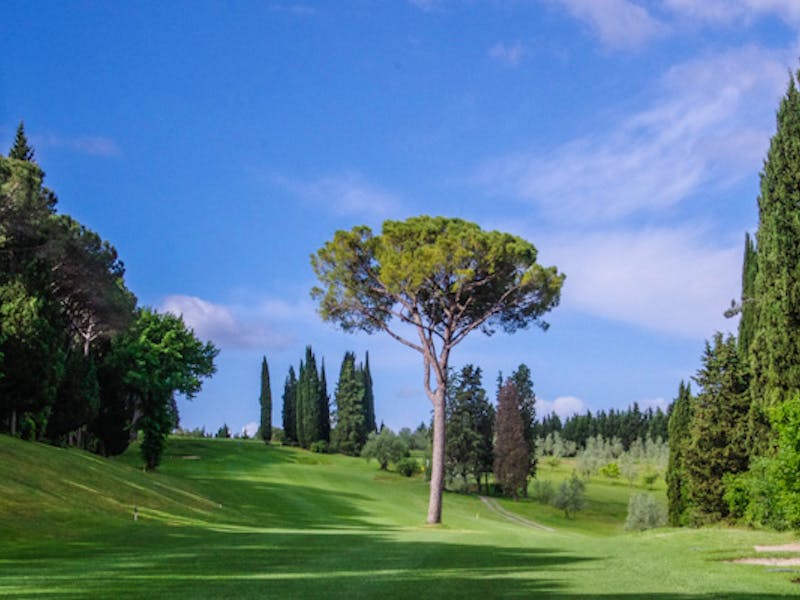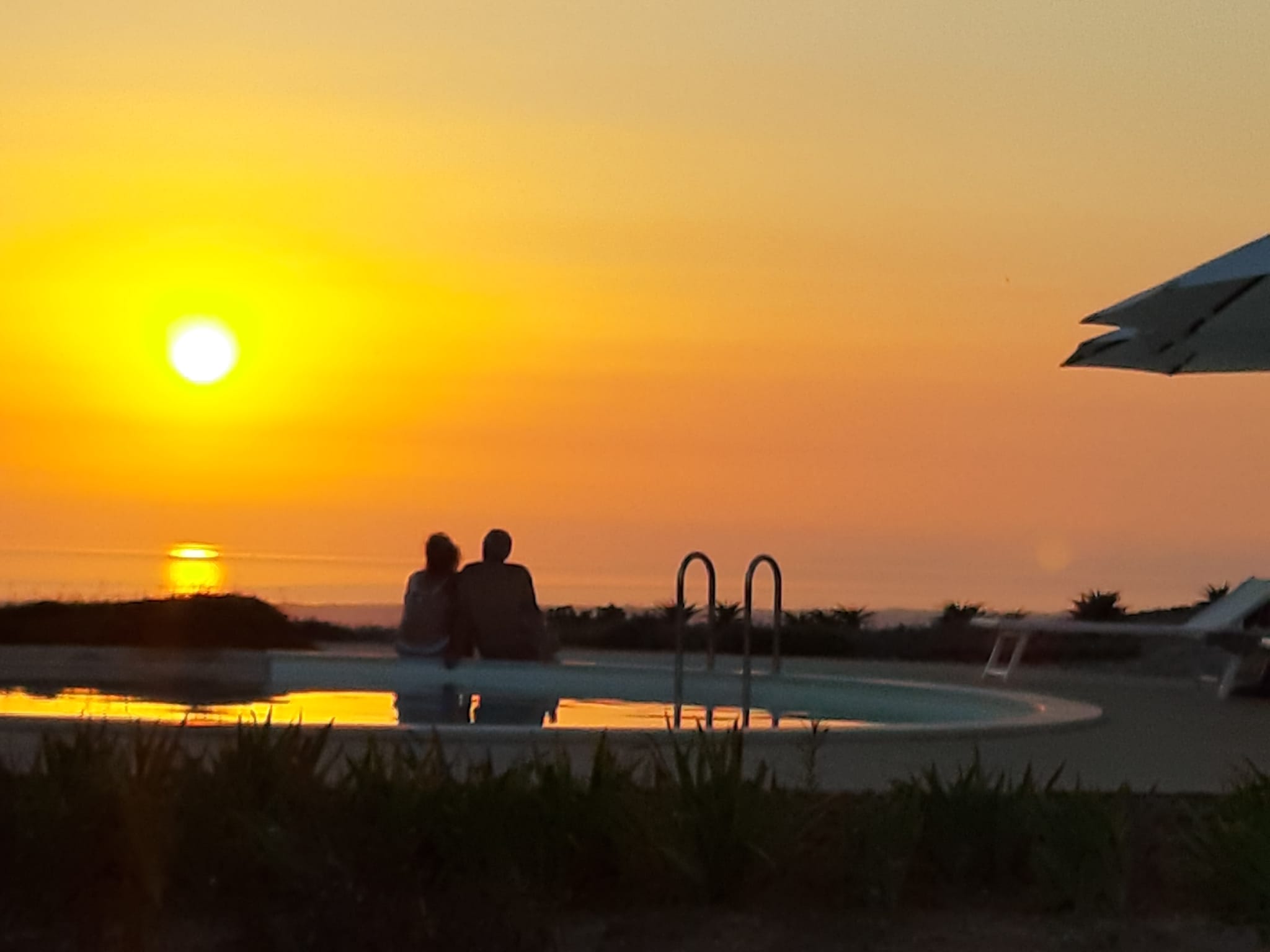About Salento
The beautiful area known as the Salento is a peninsula and is the most south-eastern region of Italy. Its history shows that was closely linked to the Orient. As the story goes, Lecce was supposed to be founded by the Cretans. Thanks to the strategic location of the Mediterranean, which has always been a place of great importance for international commerce and the meeting place of different cultures, Salento has become the region of intoxicating contrasts.
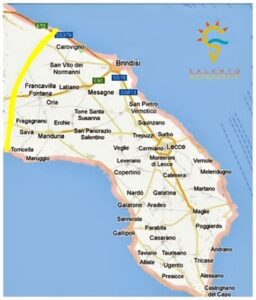
Map of Salento
In the VIII century B.C Greek colonists founded the sea facing towns of Gallipoli, Otranto and Taranto and these cities became landmarks of Magna Graecia. Still to this day in the area south of Lecce, there is a cultural minority where the official spoken language is Greek. The Greek origin of this territory can be easily seen in the architecture of the buildings, in the traditional folk music and in the gastronomic culture. Greek influences, entwined with the native Italian ones, brought a particular and autonomous development of this territory.
After the Taranto war, between the Romans and Greeks, in the first half of the III century B.C, Salento became a Roman province. Roman colonization played a crucial role in terms of building infrastructures and public works; the colonists contributed to the development of the landscape and villages. After the fall of the Roman Empire, Salento was invaded by the Barbarians followed by other groups of peoples, who tried to conquest this important territory.
Starting from the 16th century, Salento became part of the Spanish Empire and Lecce became one of the most beautiful and most important cities of those times, second only to Naples. It became a cultural and artistic centre, which attracted nobles and scholars; the “Leccese stone”, a limestone typical of the area, enhanced the curvy Baroque style which enriched local buildings and churches.
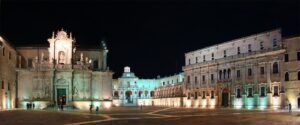
Lecce
With spectacular coastline, a drive around the peninsular will let you enjoy superb sea views across the Adriatic Sea to the east and the Ionion Sea to the west. There are some super sandy beaches as well as some stunning grottos and caves to explore.
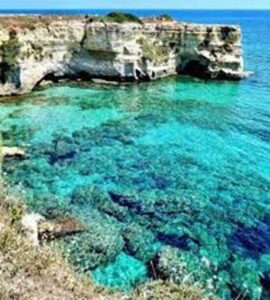
The local gastronomy is characterized by humble and simple foods, however it is very rich in nutrients and full of flavours; it reflects the several dominations, which characterized the history of the Salento. The Mediterranean cuisine is well represented in the Salento’s typical dishes, which are enriched by the products of the land and the sea breeze from the Mediterranean. Some products originate from ancient times, such as dried figs, and of course Vincotto. Vincotto Salentino is a reduction of cooked grape must and wine.



One of the most popular traditions, well known all over the world is the typical dance called the Pizzica. This owes its roots to Greek gatherings, during which people were inebriated by the strong wine and by the music. In Salento this dance became a curative dance, meant to get remove the poison injected by the tarantula. Once bitten the person would go into a state of shock and could only be revived by loud vibrant music and vigorous dancing.
Today the Pizzica is well known throughout the region and has become one of the symbols of Salento. It is found at many local festivals and once a year, usually in August, the Night of the Taranta is celebrated in many of the towns and villages.
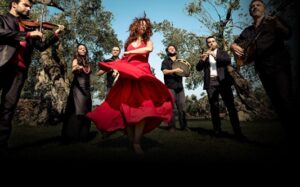
See your properties in Salento here
